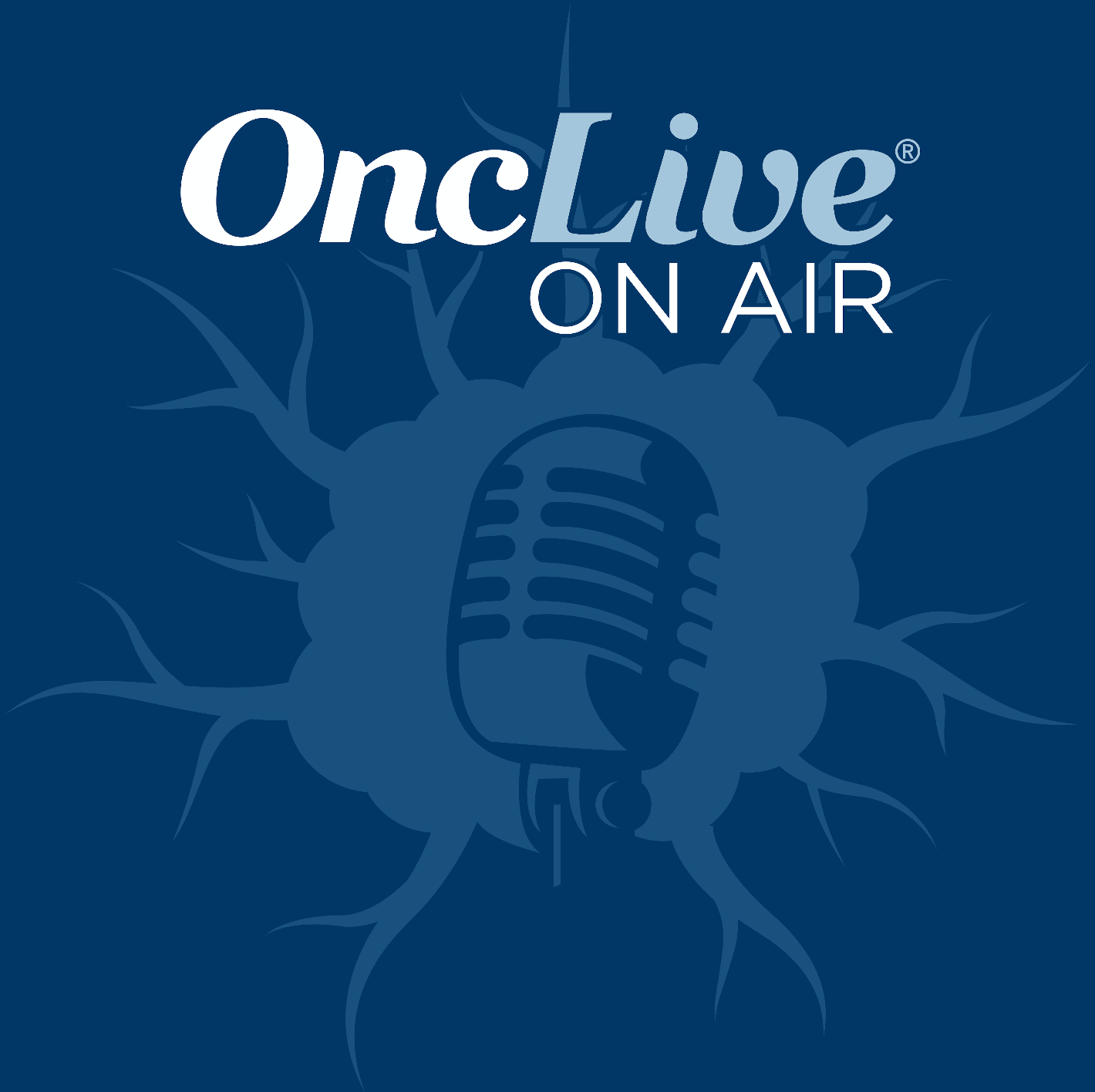Publication
Video
Supplements and Featured Publications
Dr. Zeidner on Transformation to AML in Higher-Risk MDS
Author(s):
Joshua F. Zeidner, MD, discusses the risk of transformation to acute myeloid leukemia in higher-risk myelodysplastic syndromes.
Joshua F. Zeidner, MD, associate professor of medicine, chief, Leukemia Research, associate chief of research, Hematology, University of North Carolina (UNC)–Chapel Hill, UNC Lineberger Comprehensive Cancer Center, discusses the risk of transformation to acute myeloid leukemia (AML) in higher-risk myelodysplastic syndromes (HR-MDS).
Patients with HR-MDS that transforms to AML, especially those who received a hypomethylating agent (HMA) in the first-line setting, have poor outcomes. The median overall survival ranges from approximately 4 to 6 months in this population, Zeidner says. Notably, effective therapies are not available for patients with newly transformed AML from MDS who were exposed to HMAs, Zeidner explains. This is because most treatments for patients with AML include HMAs, but patients who progress on HMAs likely become resistant to these agents.
Findings from a poster, which were presented during the 2021 European Hematology Association Congress, demonstrated that patients with MDS who transformed to AML had worse outcomes compared with patients who had MDS and did not transform to AML, Zeidner says. As such, these data are in-line with previous reports and shed light on the need to develop novel therapies that delay or prevent transformation to AML, Zeidner concludes.


























%20(2)%201-Recovered-Recovered-Recovered-Recovered-Recovered-Recovered-Recovered-Recovered-Recovered-Recovered-Recovered-Recovered-Recovered-Recovered-Recovered-Recovered-Recovered.jpg?fit=crop&auto=format)
%20(2)%201-Recovered-Recovered-Recovered-Recovered-Recovered-Recovered-Recovered-Recovered-Recovered-Recovered-Recovered-Recovered-Recovered-Recovered-Recovered-Recovered-Recovered.jpg?fit=crop&auto=format)
